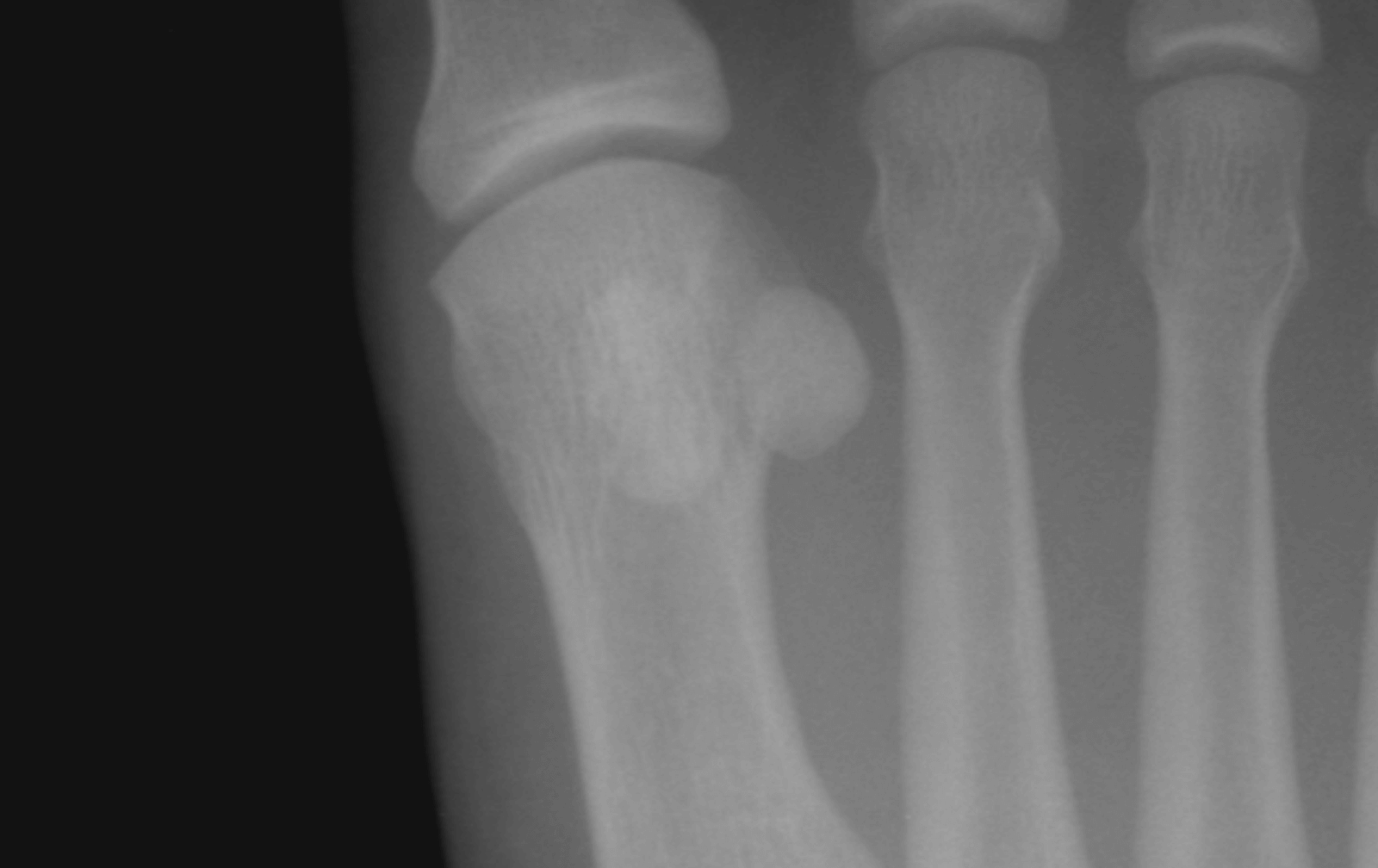
It is summer time and nobody wants to be laid up with a fracture that won't heal.
Sesamoid injuries can be particularly difficult to heal. The sesamoid bones are tethered at one end, and they are being pulled by a tendon at the other end. These bones are almost always under some type of traction unless there is absolute nonweightbearing. Being nonweightbearing is the ideal approach to treating sesamoid fractures. But even with nonweightbearing these fractures don't always heal. The blood supply is not good to these bones and they can be vulnerable to all kinds of injuries.
The traditional approaches include casting, bone healing supplements (Ortho ProBono), bone stimulator devices.
Additional approaches now can also include Platlet Rich Plasma Injections combined with EPAT (shockwave therapy). These treatments can help your body recruit additional blood supply to the area to promote healing, along with increasing local healing factors. The great thing about these additional treatments is that you are able to use your own bodys healing power!
If you have had a foot or ankle injury and are looking for medical treatment, please contact myself Dr Timothy Young or my partner Dr Brandon Nelson, or give us a call at 425-391-8666.











